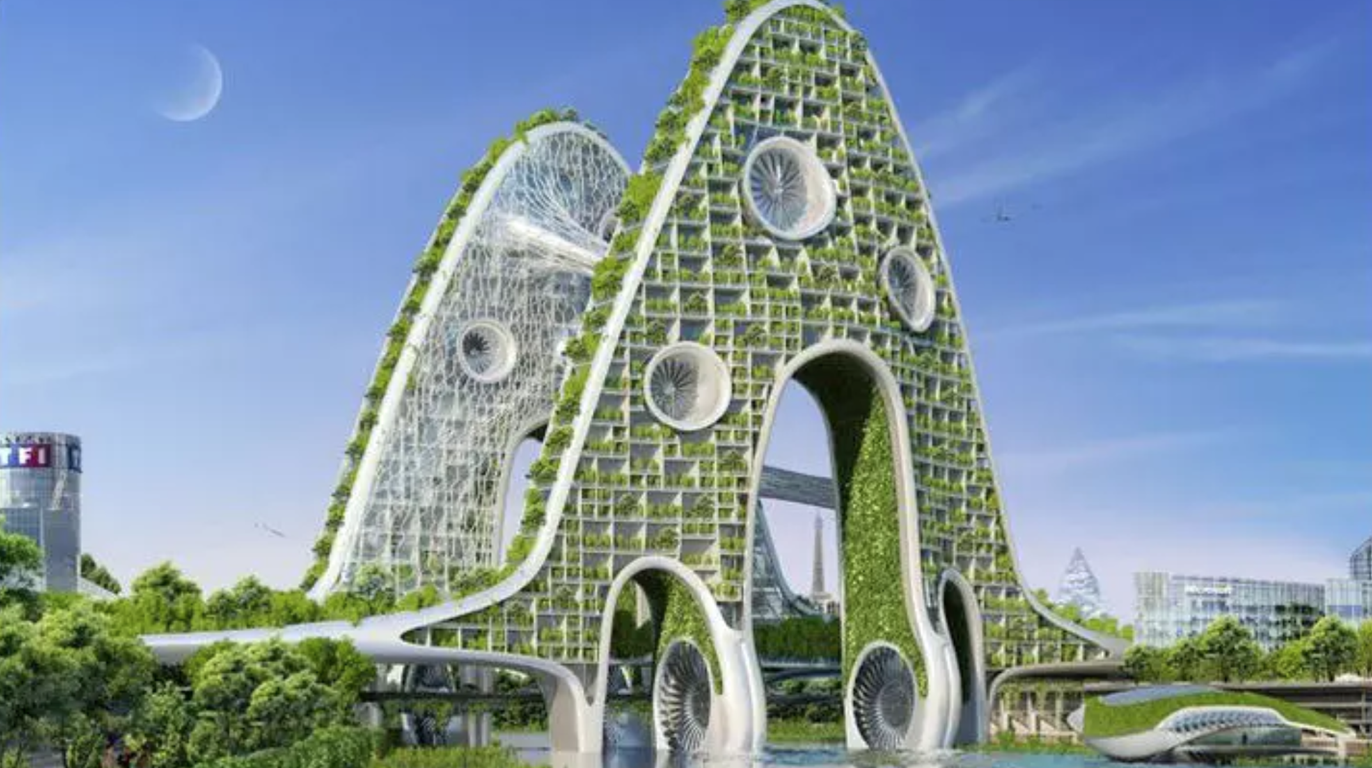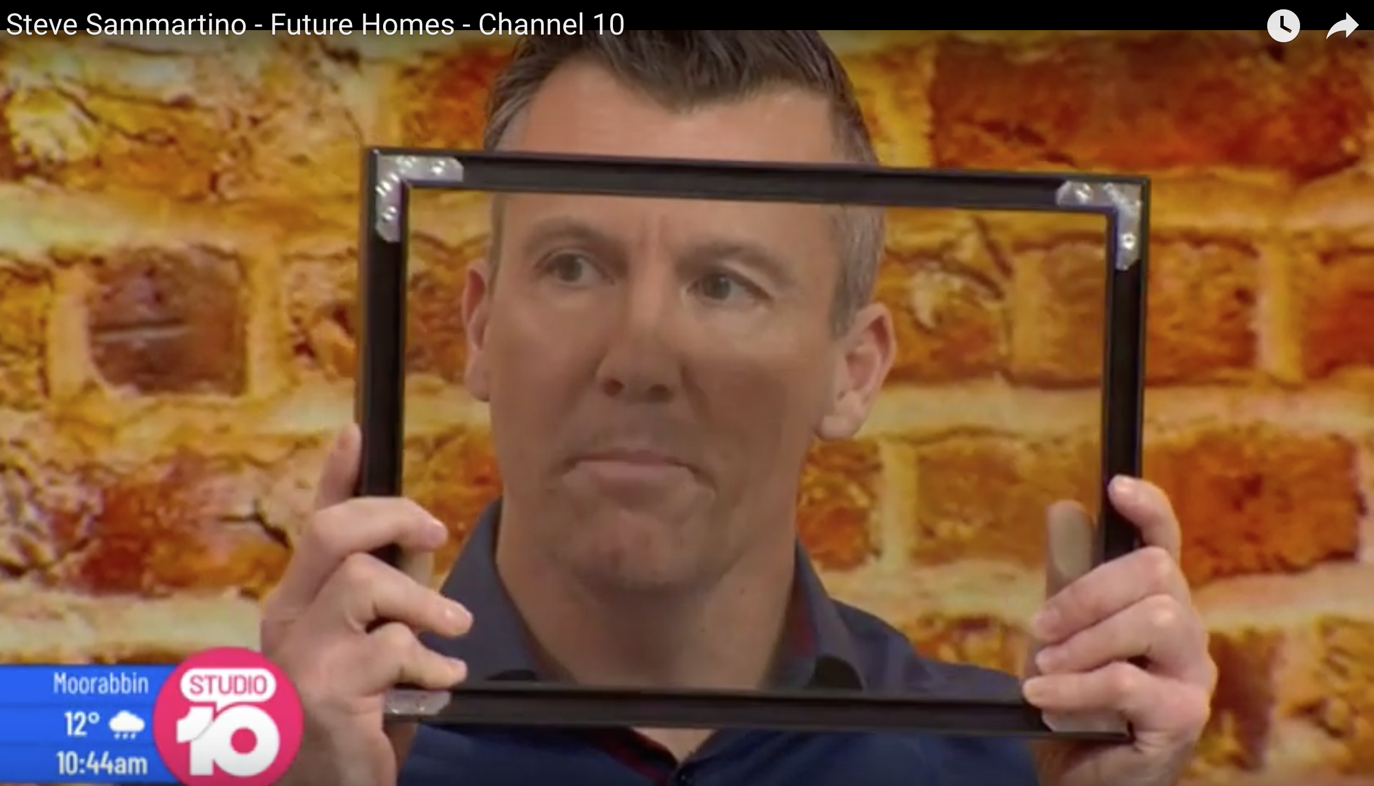
Our buildings are a great reflection of where we’re at technologically. Once a revolution is truly mainstream, we see it in our homes. In the past century, we’e added electricity, indoor plumbing, white goods, entertainment devices, and even computational power and AI. But we are about to do something so different, it might require new language to describe it.
Zero External Energy (ZEE) Buildings
In the near future, buildings will be rated not just on their efficiency, but on their energy generation-to-usage ratio. But this will be for the entire building and essentially, an input/output measure. As the cost of going off-grid with solar panels and battery storage plummets, fossil fuels’ days are numbered. Once most houses are powered by renewables, a new measurement will occur. We’ll want to know how much external energy the building uses. We will enter the world of the ZEE building.
A Zero External Energy building is one that generates all the energy it needs to sustain itself entirely – 24 hours a day, 365 days a year. Most will be via solar, but some buildings will employ wind, geothermal and other emerging renewables like artificial photosynthesis. Expect to hear someone say, ‘My new house is fully ZEE’ within 10 years. In this world, walls and surfaces of a building will have a purpose beyond keeping the weather out. Every inch of the roof will capture energy and so will our windows. An amazing Australian company called ClearVue already produces solar panel windows as seen below:

ZEE buildings will:
- not have an energy-based carbon footprint
- have enough energy to charge electric cars
- eventually produce more energy than they need.
So, what do we do with all that extra energy? We’ll trade it.
Enter the Energy Internet
No, we won’t trade this energy with power companies. Instead, we’ll trade it with each other across an energy network, as the grid becomes decentralised, looking and behaving a lot like the internet. It’s often referred to as the Energy Internet. Just like we produce content that we trade with each other over the communications internet, we’ll trade the excess energy our buildings produce with other services, markets or places who need it when we have an excess. But in the long run, the exponential improvement in energy capture will lead to buildings using this energy to grow food.
A New Kind of Calorie Count
Many spaces in buildings will be deployed to grow food with new types of urban agriculture. These will be managed by AI and robotics so we don’t need to attend to them with human labour. Green buildings will have a yield which isn’t a return on investment from tenants – but food grown on walls, top floors and even in car parks.
As cars become autonomous, many car parking spaces will be converted into urban agriculture – even car spaces which are underground. Remember, we don’t necessarily need sun – we just need light, energy and water which we will have an abundance of. Once this happens we’ll also start valuing buildings based on how many calories they produce each year. “I live in an 180 million calorie house – it can feed a family of four.”
While this might sound weird – compare how weird it would have been to own a refrigerator just 200 years ago, let alone an energy rating for it. For this and ideas like it to happen, we have to start thinking sideways. We have to look for ways to apply technology it was not designed for. When we start cross-fertilising tech ideas like this (and yes, that pun was totally intended), then we can take giant leaps towards solving our biggest ecological challenges.